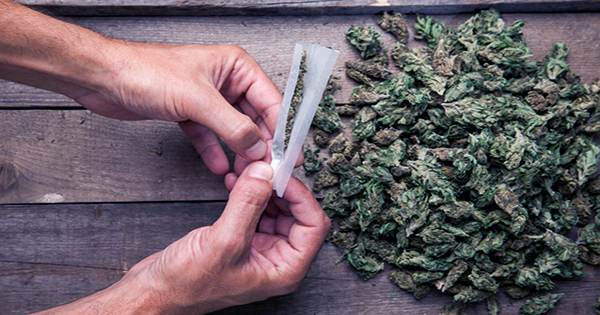Researchers claim to have identified the locations of old sacred cacao-growing groves over a thousand years after they peaked. Cacao beans, which are used to produce chocolate, were so important to postclassic Maya civilization that their cultivation appears to have been accompanied by religious rituals and closely regulated to limit supply. Cacao beans were not only eaten by the Maya, but they were also utilized as currency and regarded as a gift from the gods.
Cacao thrives in the humid climate of Guatemala’s highlands, which comprised the Maya’s southern region. The northern Yucatan Peninsula’s lowlands are often too dry to maintain the valuable plant, yet the area’s ancient Maya civilizations appear to have survived. In partnership with Mexican and American archaeologists, researchers set out to explain this puzzle. The team reports in the Journal of Archaeological Science Reports that the geology of the peninsula holds the key to the sacred trees.
Yucatan is made up of porous limestone that leads to karst sinkholes with steep walls and copious water, creating microclimates ideal for cocoa cultivation. The researchers collected samples from 11 sinkholes, three of which still have cacao trees and one where the plants have been taken down for 60 years. To identify cacao’s characteristic theobromine and caffeine compounds in the soil, they created innovative hot water extraction procedures. Nine of the sinkholes tested positive for cacao, indicating that cacao originally grew there – albeit this does not confirm their hallowed significance.
The crew discovered evidence that the holes had been altered not only for agricultural purposes, but also for the performance of rites. Some have the remains of processional ramps flowing down from the margins. Others have altars, stone sculptures, and grinding stones, as well as jade and ceramic artifacts that are assumed to have been god offerings. In a statement, study author and recently retired Bringham Young University Professor Richard Terry said, “We sought for theobromine for several years and discovered cocoa in some places we didn’t expect.”
“The ceremonial objects astounded us as well. ‘Wow!’ my kids said as they rappelled into one of these sinkholes. ‘There’s a framework here!’ It was a stone staircase that covered one-third of the sinkhole.” The existence of ceramic cacao pods may be the most irrefutable confirmation of the sinkholes’ purpose and the reverence with which cacao was cherished.
The importance of the groves is underscored by their proximity to the 115-kilometer (70-mile) highway that served as the main Maya trading route. Chichen Itzna, for example, is thought to have been chosen because of its proximity to multiple sinkholes that would have provided the necessities of life: water, cacao, avocados, and bananas.
It’s unclear how long the sinkholes were used in this way, but they appear to have been sacred to the Maya by the 9th Century in our calendar, if not before. Terry explained, “The sinkholes were a site where the money could be grown and controlled.” “This new knowledge contributes to a rich historical narrative of a highly charged Maya landscape of economic, political, and spiritual significance.”
















